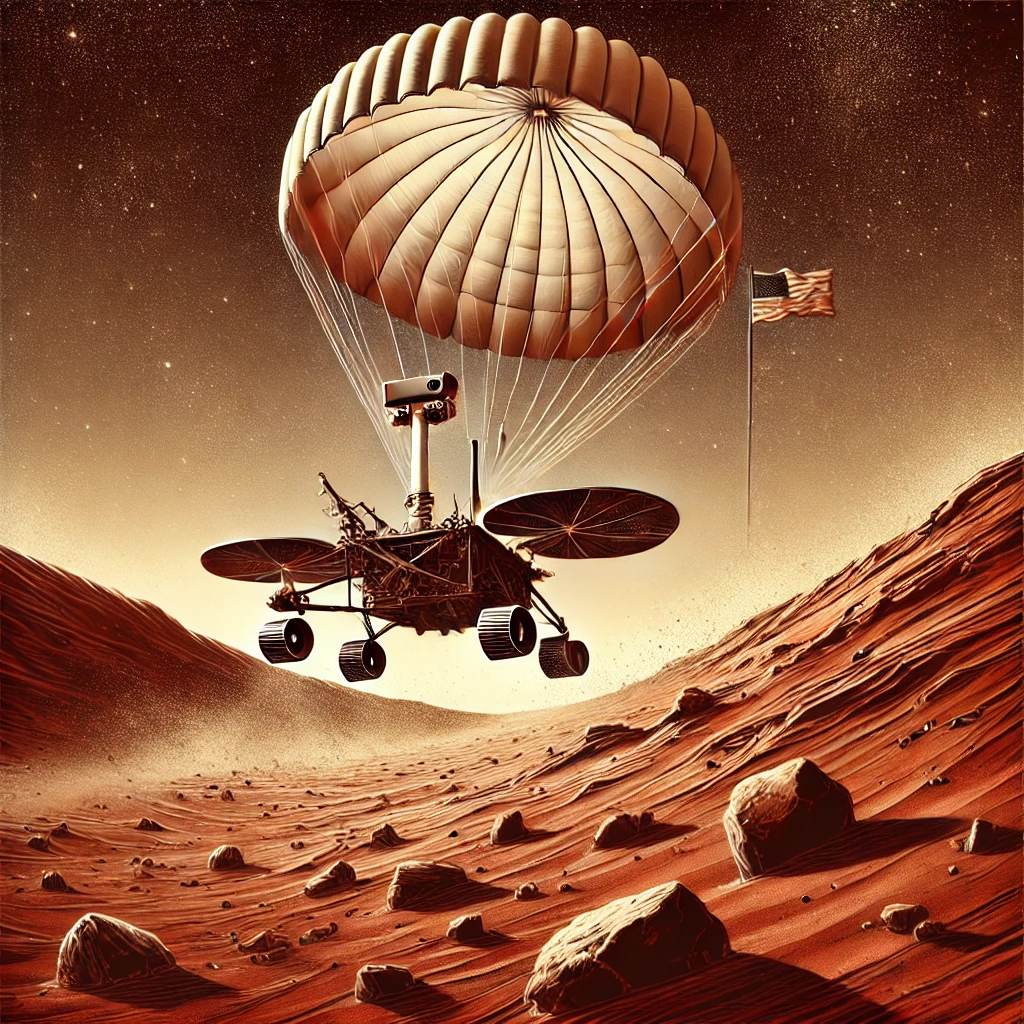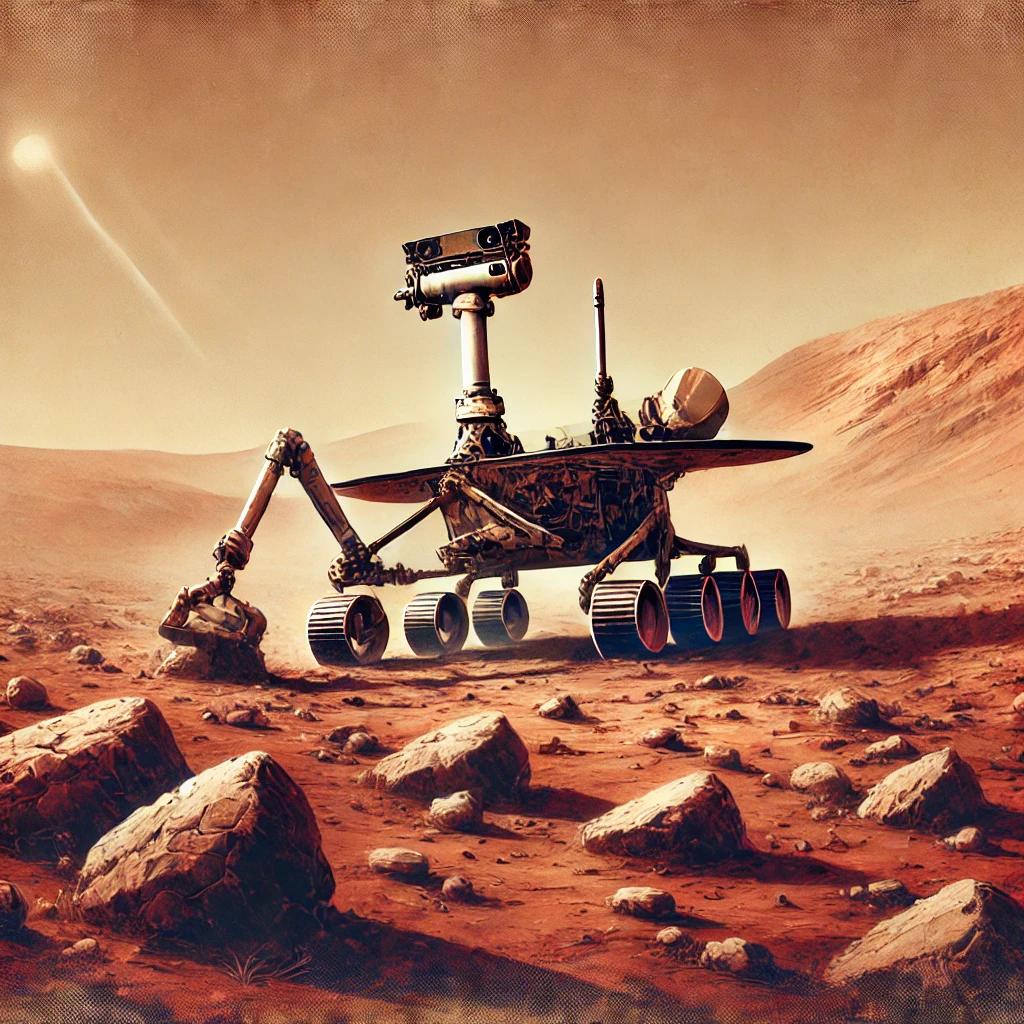January 25th, 2004, marked a milestone in space exploration as NASA’s Opportunity Rover successfully landed on Mars, embarking on a mission to study the Martian surface and geology. The landing occurred in Meridiani Planum, a vast plain near the Martian equator, chosen for its potential to reveal evidence of the planet’s watery past. Encased in protective airbags, Opportunity survived its descent and immediately began transmitting data back to Earth, thrilling scientists and space enthusiasts worldwide.

The success of the Opportunity Rover’s landing was no small feat. With the harsh Martian atmosphere and the challenges of precise navigation from millions of miles away, NASA’s achievement demonstrated the incredible progress in robotic space technology. This marked the second of the twin Mars Exploration Rovers—Spirit and Opportunity—to reach the planet within a three-week span.
Discovering Mars’ Watery Past
Opportunity’s primary mission was to seek signs of ancient water activity on Mars. Within weeks of its arrival, the rover discovered evidence of minerals, such as hematite, that form in the presence of water. This finding was a monumental step in confirming that Mars once harbored conditions suitable for liquid water—a critical component for the potential of past life.
Among Opportunity’s most significant discoveries was a rock formation nicknamed “El Capitan,” which contained layered sediments indicative of long-standing water activity. These findings not only supported the hypothesis that Mars had a wet history but also fueled discussions about the planet’s habitability.

A Legacy of Resilience and Discovery
Originally designed for a 90-sol mission (a sol being a Martian day, slightly longer than an Earth day), Opportunity far surpassed expectations by operating for nearly 15 years. The rover traveled over 28 miles, breaking records for distance driven on another planet. Along the way, it provided invaluable data about Martian soil, weather patterns, and geology.
Opportunity’s longevity and success inspired countless scientists and engineers, proving that ambitious goals in space exploration are achievable. Its mission encouraged the development of future Mars missions, including the Curiosity and Perseverance rovers, which continue to build on its legacy.
Lasting Impact on Science and Society

The Opportunity Rover’s mission transformed our understanding of Mars and set the stage for future exploration. Its discoveries have influenced plans for human missions to Mars by identifying potential landing sites and resources. Additionally, the rover’s groundbreaking work has inspired public interest in space exploration, fostering a new generation of scientists and engineers.
Opportunity’s story also resonated on a human level. When the rover ceased communication during a massive Martian dust storm in 2018, its final message—interpreted as “My battery is low, and it’s getting dark”—evoked global emotion and underscored the connection between humans and our robotic explorers.
The Opportunity mission remains a symbol of perseverance, curiosity, and the unyielding quest for knowledge. It demonstrated humanity’s ability to overcome extraordinary challenges and expanded our horizons, proving that the spirit of exploration knows no bounds. As we look to the stars, the legacy of Opportunity continues to guide us, reminding us of the incredible feats we can achieve together.
